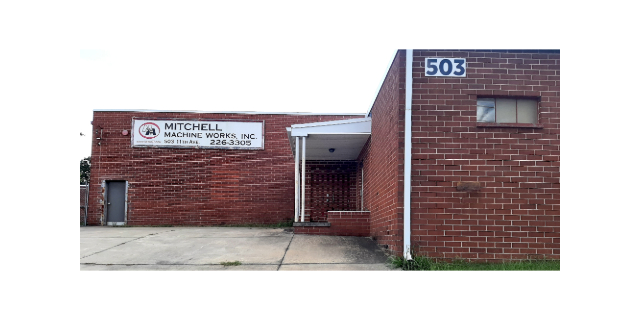Experts urge pre-schoolyear eye exams
Published 8:30 am Tuesday, July 29, 2025

- Submitted
Georgia eye experts say rising rates of nearsightedness in young people make back-to-school eye exams extra important
ATLANTA — Rising rates of nearsightedness among young people, which means their distance vision often used in the classroom is impaired, makes scheduling a back-to-school eye exam extra important this year, say Georgia’s doctors of optometry. According to the International Myopia Institute, the number of 17-year-olds with myopia, or nearsightedness, doubled in the past decade.
Myopia develops if the eyeball is too long or the cornea (the clear front cover of the eye) is too curved. As a result, the light entering the eye isn’t focused correctly, and distant objects appear blurred. Generally, myopia first occurs in school-age children and progresses until about age 20. Common signs of vision problems among children reported by parents before receiving a myopia diagnosis include squinting while reading or watching TV, frequent headaches, holding objects close to the face, poor school performance or shortened attention span.
Trending
According to the American Optometric Association, the risk of myopia developing in part due to excessive screen time has been shown to affect children under 10 years the most. Research shows almost 10% of preschool-aged children have eye or vision problems.
“The prevalence of nearsightedness in young children is growing at a rapid rate and, when found during a comprehensive eye exam, can be addressed with corrective measures like glasses or contact lenses,” said Dr. Frank Winski, president of the Georgia Optometric Association. There are treatments available now to slow down the progression of myopia and minimize the risk for a number of vision-threatening conditions including retinal detachment, early cataract development, macular degeneration, glaucoma and even blindness.”
“Children can have problems in school, such as behavioral issues, headaches, or poor academic performance, when what they’re actually experiencing is a vision problem – so it’s important to consult a doctor of optometry as part of your child’s overall health and well-being,” stated Winski.
Here are some common symptoms of myopia that parents can watch for in their children:
Blurred vision: Distant objects appear blurry, while nearby objects are seen more clearly
Squinting: Children may squint frequently to see distant objects more clearly
Trending
Eye strain: Complaining of tired or sore eyes, especially after prolonged reading or screen time
Headaches: Frequent headaches, which may be due to eye strain from trying to focus on distant objects
Sitting close to screens: Preference for sitting closer to the television or holding handheld devices very close to their eyes
Difficulty seeing at school: Problems seeing and copying information from the blackboard or projector screen
Doctors of optometry can identify early warning signs and manifestations of more than 270 systemic and chronic diseases including diabetes, high blood pressure, autoimmune diseases and cancers during an annual comprehensive eye exam.
Eye care professionals recommend that children undergo their first comprehensive eye exam by the age of 3, followed by annual check-ups once they begin kindergarten. To find an optometrist in your area, visit GOAeyes.com.
The Georgia Optometric Association is a statewide professional organization representing over 700 doctors of optometry located in communities throughout the state of Georgia. Founded in 1904, the GOA and its members work to provide the public with quality vision and eye care services. For more information, visit www.GOAeyes.com or follow facebook.com/GeorgiaOptometricAssociation, Twitter.com/GOA_eyes and instagram.com/GOAeyes.





